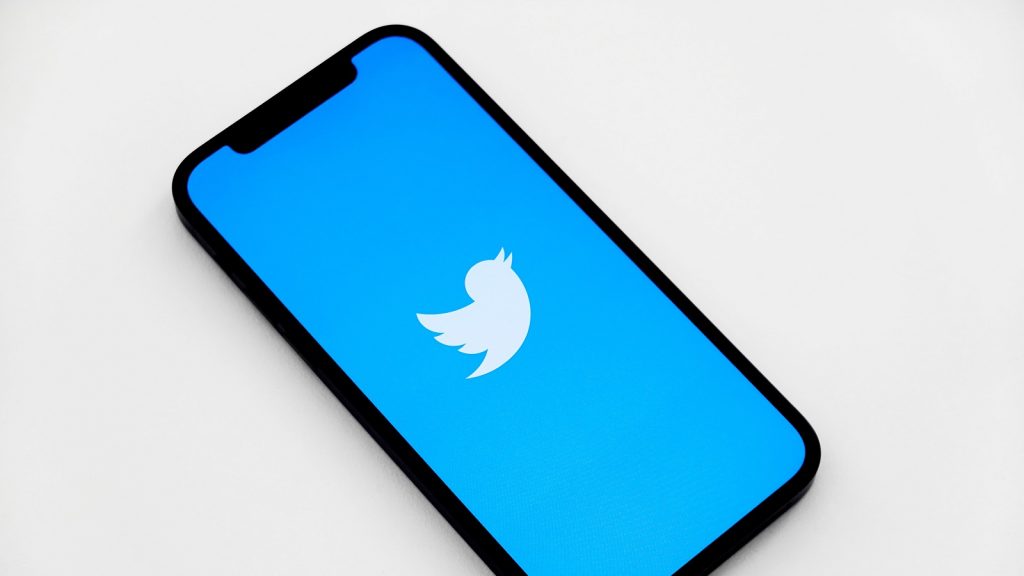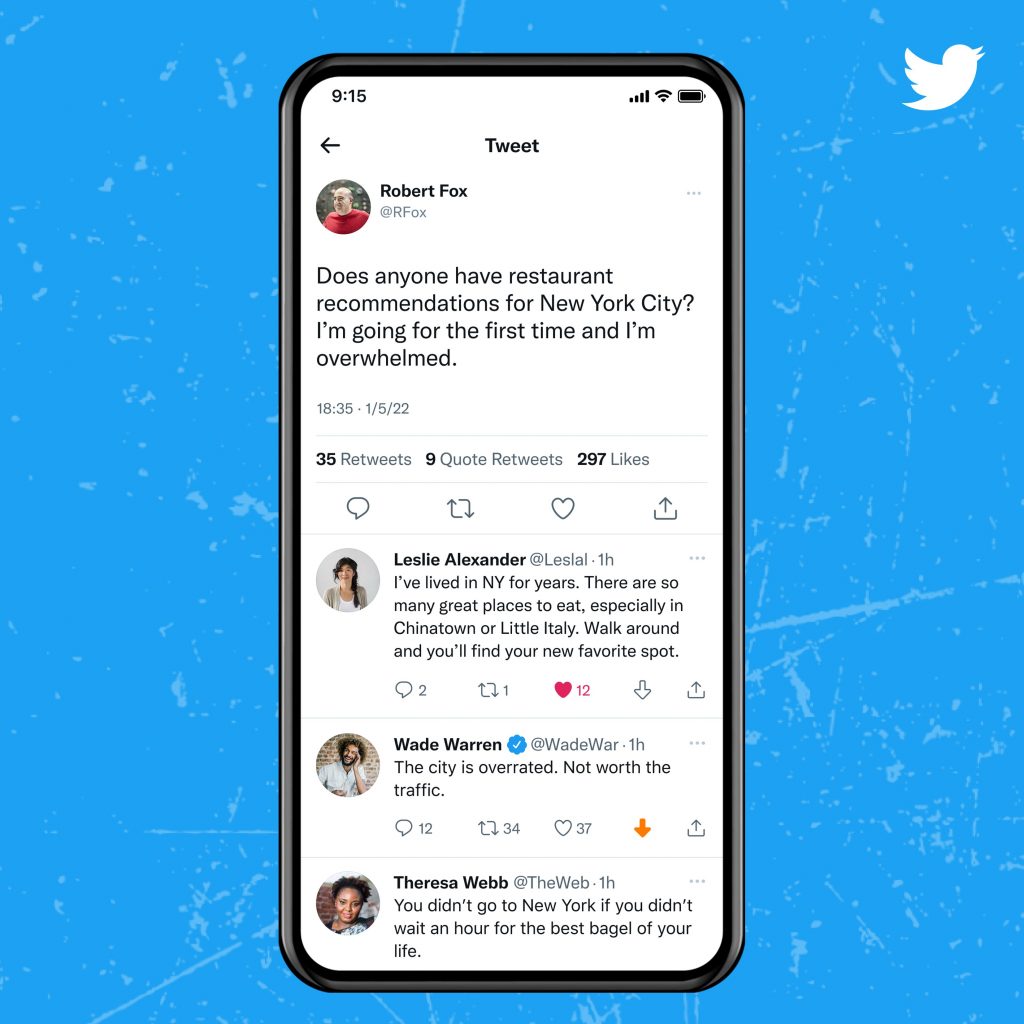Five years ago, launching a decent streaming platform took millions. Now? A teenager with a laptop can build something that reaches millions. That shift…
Twitter expands downvote test: What to know about it

Twitter is expanding its downvote experiment on replies, meaning that it will be available for more users on multiple platforms.
The experiment, originally announced in July 2021, will expand to more users on the web, as well as more users on iOS and Android.
We learned a lot about the types of replies you don't find relevant and we're expanding this test –– more of you on web and soon iOS and Android will have the option to use reply downvoting.
Downvotes aren’t public, but they'll help inform us of the content people want to see. https://t.co/g8LcTpQqDv pic.twitter.com/wm5MmdR4Xh
— Twitter Support (@TwitterSupport) February 3, 2022
“We learned a lot about the types of replies you don’t find relevant and we’re expanding this test –– more of you on web and soon iOS and Android will have the option to use reply downvoting,” the company said.
“Downvotes aren’t public, but they’ll help inform us of the content people want to see.”
It will also be available to users globally. However, this does not mean everyone will automatically get access.
How does a downvote work on Twitter?
The feature is still an experiment, so there’s no telling whether it will ever be introduced permanently to the platform.
The option to downvote appears on replies to tweets as a down arrow.

The number of downvotes on a reply does not appear publicly. Rather, it is used as an indicator to Twitter about the relevance or quality of the tweet.
According to the company, the majority of users said the reason they use the downvote option is due to seeing the tweet as offensive, not relevant, or both.
Basically, the most frequent use of the feature is to indicate content a person does not want to see.
The company also says that people who used the feature agree that it improves the quality of conversations.
Twitter’s expansion of downvoting comes a few months after YouTube changed up its dislike feature.
Similarly to how Twitter sees users using the feature to signal content that they don’t want to see, YouTube removed the public count on the dislike button so that users would use it in this way too.
The change came after an experiment that found that hiding dislike counts helped prevent coordinated dislike campaigns.
Based on this context, it’s unlikely that Twitter will choose to make downvotes public.
Read more: YouTube announces that it will start hiding dislikes
Feature image: Jeremy Bezanger/Unsplash


